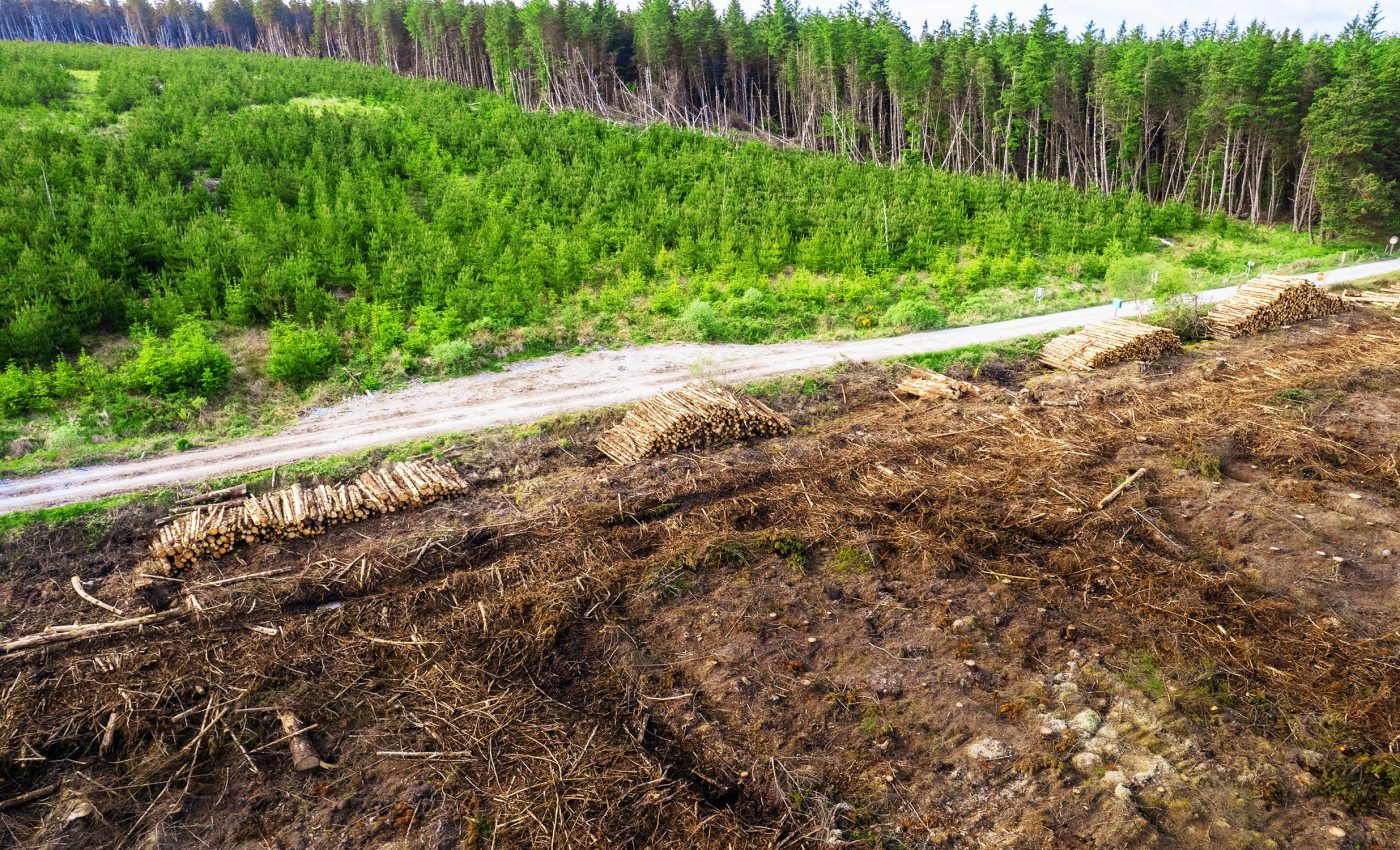
Trees in forests recovering from logging release much more carbon dioxide
Forests are the Earth’s lungs, forever sucking up carbon dioxide and throwing out fresh oxygen. But that’s only half the story.
Here’s the twist — forests also exhale CO2. In short, they inhale carbon dioxide for growth, but they also exhale it back out, usually in smaller amounts. A bit of an unexpected plot twist.
Now, the University of Leicester’s new study has a cheeky bit more to add to this story.
Tree stems in tropical forests that are bouncing back from logging are found to produce carbon dioxide at a greater rate than those in untouched forests.
So, bouncing back from logging, and yet they’re sending out more carbon dioxide?
Trees and carbon dioxide
When we talk about fewer surrounding trees to compete with, the tree stems in logged forests are seen to have a growth spurt and take in carbon dioxide at a faster rate than stems in untouched forests.
However, this rapid growth also comes with a side effect — a faster release of carbon dioxide. So, chopped down, left with fewer competitors, and now, they’re growing at a quick pace and just as quickly giving out carbon dioxide.
This research was led by Maria Mills, a PhD student from the University of Leicester’s School of Geography, Geology and the Environment (GGE).
Their conclusion calls for a spotlight to be thrown on logged landscapes that are currently understudied despite being more prominent than old-growth forests across the tropics.
Heart of a forest’s carbon cycle
What is ‘carbon flux’? Think of it as the forest’s way of balancing its books. It measures the net carbon balance.
But this doesn’t tell us much about where the fluctuations are coming from — it’s like knowing your bank balance without any information on the transactions.
If we don’t know where the fluctuations are coming from, we also don’t know why we’re getting certain fluxes and what’s driving those fluxes.
The researchers gathered data from forests in Malaysian Borneo as part of a long-term ecological monitoring program.
By measuring the individual components of the forest carbon cycle and carbon fluxes, they were able to observe certain patterns and fluxes.
Understanding these is crucial for predicting future climate change and land use change scenarios.
Studying carbon dioxide in forests
Did you know that most of a forest’s biomass is stored in the stems or woody trunk of trees? Well, these scientists did, and they used this information to their advantage.
The team studied stem respiration of a tree sample, and then extrapolated the values for all the trees in the one-hectare study plots.
Shockingly, tree-level results showed higher carbon release levels per unit of stem surface area in logged versus old-growth plots.
Specifically, 37 grams of carbon per meter squared of woody stem every month in a logged plot versus only 26 grams in an old-growth plot.
Also, it is important to note that when scaled across the entire one-hectare plots, there was no difference between logged and old-growth results.
Uncharted territory of carbon dynamics
This study was about considering individual trees versus the whole ecosystem, and what drives carbon emissions at both levels.
“There are differences between individual trees, and between individual ecosystems, for example logged versus unlogged forests,” Mills explained.
“We see higher respiration per square meter in logged plots because the trees in those plots are growing faster. Growth has a metabolic cost, so we get respiration following growth.”
The trees in logged plots grow faster because they have access to more light — as there are more gaps in logged plots from when timber trees have been extracted.
Forests, logging, and carbon emissions
There are other reasons for these differences which link back to the trees’ functional traits and soil nutrients, but ultimately it comes down to the priority for trees in logged forests to invest in growth.
In old-growth plots, alternatively, there is a lot more investment and priority for tree maintenance.
“Given how expansive logged forests are, they could be considered as the ‘new normal’ for contemporary tropical forests. We need to put more research efforts into understanding what goes on in logged forests, both in terms of their carbon fluxes and their wider ecological functioning,” Mills concluded.
To sum it all up, Mills and her team uncovered very important information on how climate change is impacted by forest carbon dynamics.
Let’s remember, understanding how forests drive environmental conditions is not just about satisfying our curiosity, it’s also crucial in our fight against climate change.
The study is published in the journal New Phytologist.
—–
Like what you read? Subscribe to our newsletter for engaging articles, exclusive content, and the latest updates.
Check us out on EarthSnap, a free app brought to you by Eric Ralls and Earth.com.
—–













